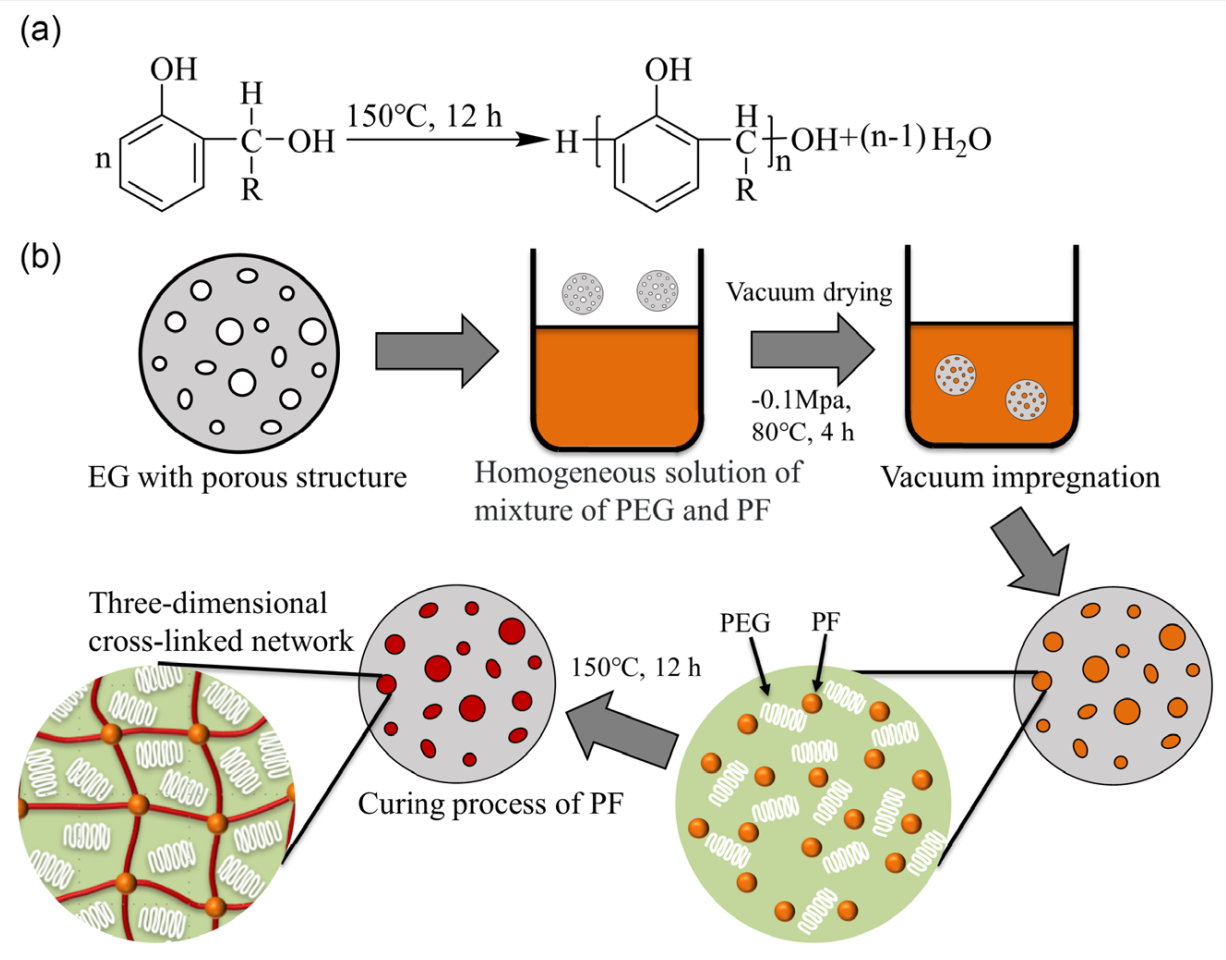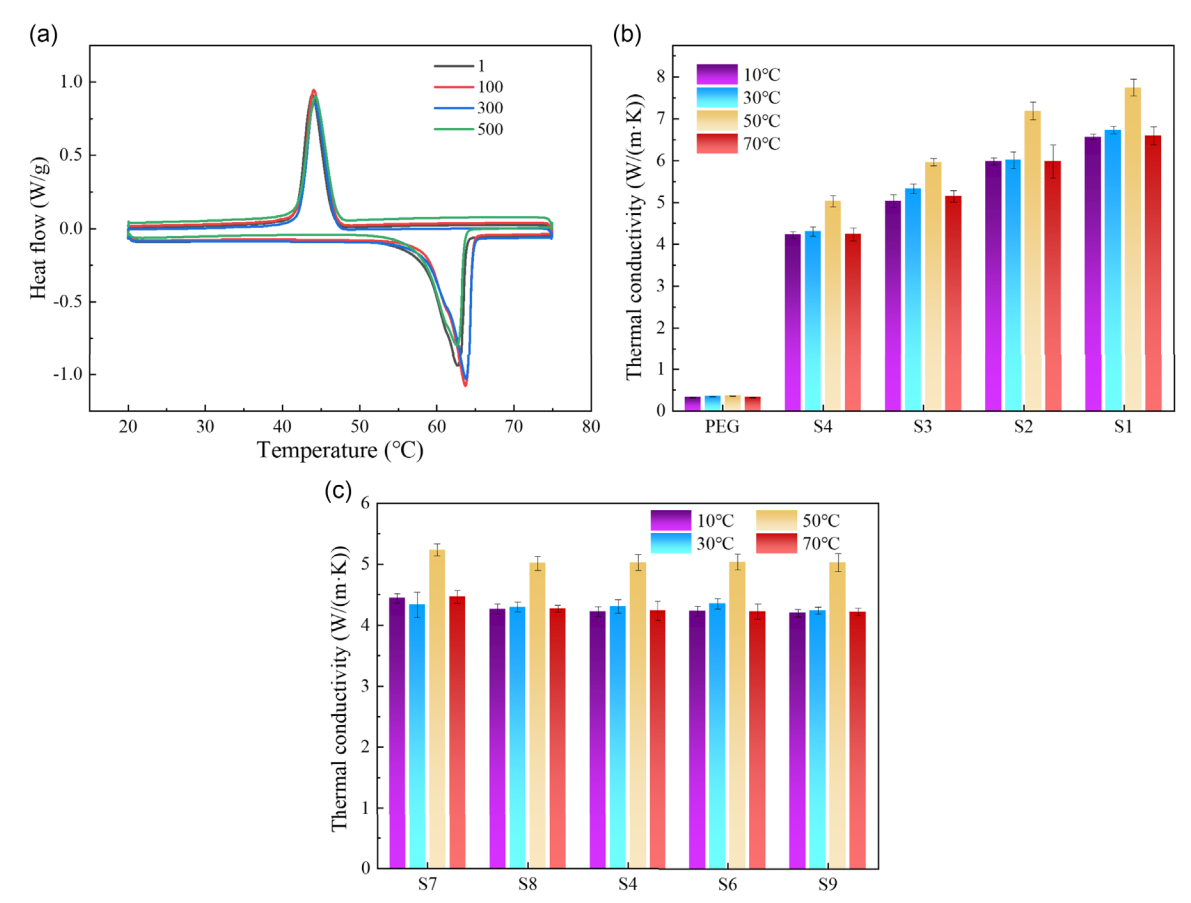 首页»
科学研究
首页»
科学研究
陈晓老师—Advanced Energy and Sustainability Research
2022-10-25
网站编辑
聚合物辅助多孔碳原位封装相变材料
Abstract: Phase-change materials are of great interest in solving mismatch between energy supply and demand. However, the vulnerability of solid–liquid phase-change materials to leakage during the phase-change process limits their development and application in practice. Herein, the enhancement of the shape stability of phase-change materials is achieved through an organic–inorganic composite. The mixture of phenolic resin and polyethylene glycol forms a homogeneous solution based on their excellent mutual solubility and is able to be adsorbed into the pores of the expanded graphite by means of a vacuum-impregnation strategy. The 3D cross-linked network structure of phenolic resin is formed within the pores of expanded graphite, enabling in situ encapsulation of polyethylene glycol. It is worth noting that the curing reaction of phenolic resin is able to be initiated by heating up without the addition of any curing agent and other auxiliary materials. A thermal conductivity enhancement of 20 times than that of polyethylene glycol is achieved along with a photothermal conversion efficiency of 63.72% and with a latent heat of 134.94 J/g without leakage.

Figure 1. a) Phenolic resin (PF) polymerization reaction equation; b) schematic for the preparation of PCM composites.

Figure 2. Thermal properties of PCM composites. a) DSC curves of S4 during 500 melting-freezing cycles; thermal conductivity with different mass fractions of b) EG and c) PF.
文献链接:Tong Xiao, Qingyi Liu, Yixuan Lin, Tingyu Lin, Jiateng Zhao*, Wenjie Sun, Xiao Chen*, Changhui Liu*. In situ encapsulation of phase-change thermal-storage material using 3D polymer-aided cross-linked porous carbon. Advanced Energy and Sustainability Research, 2023, 2200164.